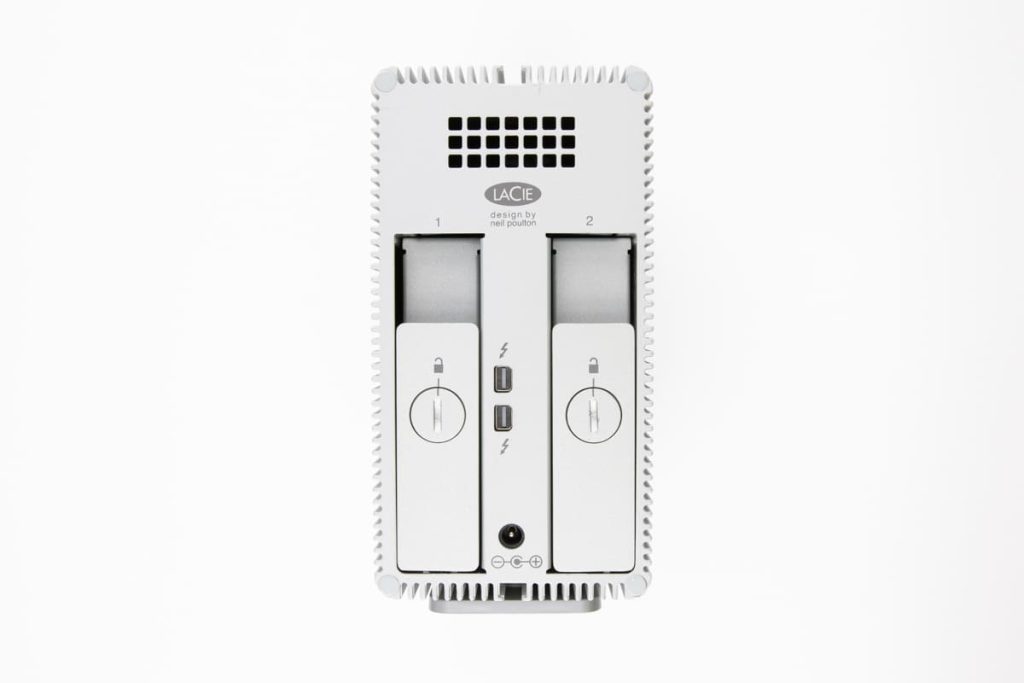Secure Digital (SD) cards are widely used for storing photos, videos, and other valuable files. However, data loss from these devices can be both complicated and distressing. Common causes include accidental deletion, formatting, and even physical damage. If you experience data loss, it’s crucial to stop using the SD card immediately to prevent further data from being overwritten, which complicates the recovery process.
In this blog, we’ll explore common causes for data loss and describe effective recovery techniques used by our engineers.
Common Causes of Data Loss on an SD Card
Accidental Deletion
It’s easy to accidentally delete files when managing storage or navigating through files. This common mishap is one of the top reasons for data loss. Fortunately, our data recovery specialists can often restore lost files to their rightful owner with the right tools and expertise.
Formatting
Formatting an SD card wipes all data and is typically triggered by an accidental selection or a device prompt reporting corruption. This can lead to a complete loss of data, making it a dire scenario for any user.
Physical Damage
SD cards are also susceptible to physical damage from being bent, crushed, or exposed to harsh temperatures, leading to potentially permanent data loss. This type of damage can make recovery harder, but not always impossible with professional data recovery services.
SDXC Class 10 Card Data Recovery Techniques
To address these issues with SDXC memory cards, our engineers use a range of advanced techniques tailored to the specific challenges of each card. Here’s the list of the data recovery techniques used for SDXC Class 10 cards:
- Unsoldering Memory Chips: Engineers carefully remove the memory chips from the card to prevent additional data loss.
- Using Flash Reader Stands: Specialized equipment retrieves data directly from the NAND chip microcircuits.
- Decrypting Extracted Data: A proprietary process is used to decrypt each binary image pulled from the memory cards.
- Developing Custom Algorithms: For newer cards that resist standard recovery methods, custom algorithms are created tailored to the specific card controller and type.
- Handling RAW File Systems: Techniques are adapted to recover data even from cards formatted with a RAW file system, ensuring a high success rate.
Case Study: Our Data Recovery Process for a Damaged SDXC Card
Recently, we received a data recovery request for a Focus SDXC Class 10 card from a customer who lost all videos from a recent family vacation. The customer attempted to access the memory card files and copy them to his desktop but encountered corruption issues. After researching data recovery options, he decided to trust us with his valuable media.
Upon receiving the SD card at our lab, our initial diagnostics pinpointed a failure of the SD controller. This was a critical insight that shaped our recovery strategy.
SDXC Class 10 Card Chip-off Recovery
In this situation, recovering data meant getting into memory dumps and decrypting them with key algorithms. The chip-off recovery method involves removing a memory chip from the device, setting it up for a memory dump, and then retrieving the data from this dump. This method is complex due to the various types of memory microcircuits and the need for specific hardware programmers. Once a memory chip is unsoldered, it cannot be reinstalled.
To achieve a high success rate and prevent a further damage, our engineers worked in our ISO Certified Class 10 Cleanroom. They accessed and cleaned all memory chips with an ultrasonic cleaner. The next phase involved using card readers to extract all data, which revealed that the files had lost their formats and were recognized as RAW documents.
Restoring RAW Files from an SD Card
Both functional and defective SD cards may exhibit a RAW format, indicating a lack of structure and a malfunctioning file system. SD cards can become RAW due to system errors, improper shutdowns, or power supply issues.
To recover critical videos, our engineers executed the necessary commands to encrypt the files. Subsequently, our data recovery specialists began transferring all files to a new SD card.
Focus on Successful SD Card Recovery
After executing the algorithms, we restored the files to the NTFS format, as the card had gone RAW due to physical failure. This confirmed the effectiveness of our recovery process.
All essential files were successfully retrieved from the corrupted SD card. The client reviewed the restored files through a remote verification session, approved the recovery results, and we shipped all recovered data on a new memory card.
While various SD card recovery software is available to users, these tools often lead to permanent data damage. You can trust our specialists to professionally restore your file system and recover your important data.


